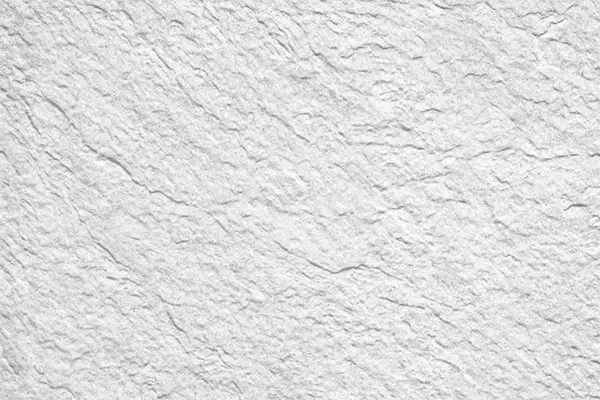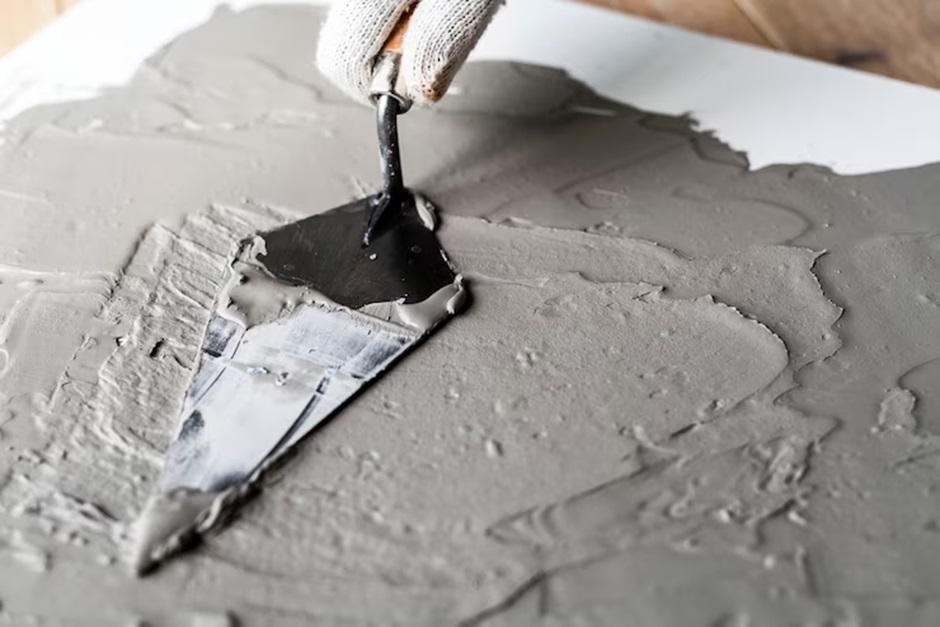Cement is commonly used in public, residential, and commercial construction projects. It’s inexpensive, long-lasting, and versatile. However, most people are not familiar with its usage daily. It has many applications across industries because it is an excellent material for handling moisture and remaining solid under pressure.
Moreover, there are numerous types of concrete and construction cement, and each has extensive applications. Understanding the different qualities of the various varieties will help you make the perfect selection when choosing materials for your project.
Composition
This material is an extremely fine and soft powdery substance. It is composed of calcined limestone and clay. The primary element in this material is calcium oxide (CaO). Along with all these, this can be mixed with water to generate a paste that sets and hardens, allowing other materials to be bound together.
Applications of Cement
Cement is used to create concrete and mortar. Concrete is formed when cement, aggregate (sand, gravel, or crushed stone), water, and chemical additives combine. It is used to construct buildings, bridges, roads, walkways, dams, reservoirs, and other structures.
Mortar is a cement and sand combination used to connect brick, stone, and other masonry elements.
What Are The Different Types of Cement?
There are many types of cement, and it depends on the type of work to select the right one.
Ordinary Portland Cement (OPC).
Ordinary Portland cement is the most common form of cement produced and used worldwide. “Portland” is a general term for building stone extracted on the Isle of Portland in Dorset, England. OPC is ideal for most conventional concrete operations, as well as mortar or stucco buildings.

Rapid hardening cement.
Contractors and construction teams may prefer rapid hardening cement due to its great strength in the early phases of the hardening cycle. Rapid-hardening cement may have a higher lime content and improved strength development. It is commonly utilized for projects that require increased building rates while minimizing costs.
Quick-setting cement.
This form of concrete, like extra-rapid-hardening cement, can set and grow stronger faster than OPC and rapid-hardening cement. It has a grain and strength rate similar to OPC but hardens faster. Quick-setting cement may be useful for time-sensitive tasks or those near standing or flowing water.
Sulfate-resistant cement.
Sulfate-resistant cement reduces the likelihood of sulfate-negative effects on concrete. Its most typical application is to build foundations in high-sulfate soil. This concrete type is also useful for canal linings, ditches, and retaining walls.
White cement
White cement is a form of OPC that is white rather than grey. It is made from raw materials that do not contain iron oxide and may be more expensive than other cement varieties. It is frequently used in architectural and interior/exterior decorative projects such as developing garden walkways, floors, swimming pools, and ornamental concrete goods.
Coloured cement.
Coloured cement exhibits qualities comparable to OPC and white cement. Manufacturers blend 5% to 10% mineral pigments to achieve the desired colour with OPC. Contractors frequently employ this type, similar to white cement, for decorative purposes and to enhance their designs.
Expansive cement
Over time, expansive cement might expand slightly without contracting while it hardens. It might be useful for tasks like grouting concrete ducts or anchor bolts. It can also be used by teams to strengthen other concrete structures or in structure joints.
Portland-limestone cement
Portland cement and five to fifteen per cent fine limestone are combined to create Portland-limestone cement. For everyday use, its qualities are comparable to those of Portland cement. But it also emits roughly 10% fewer greenhouse gases.

